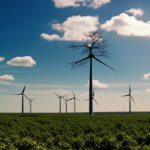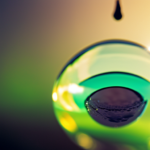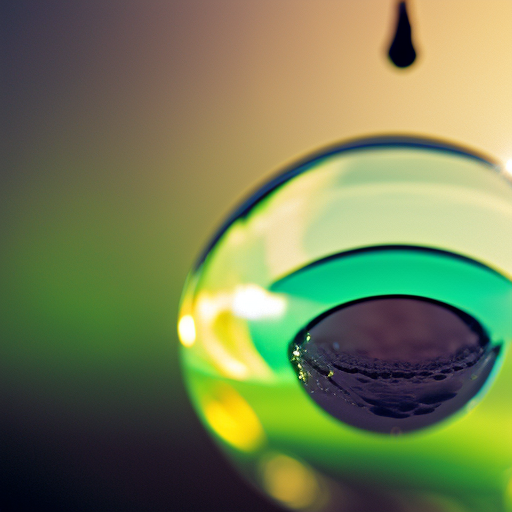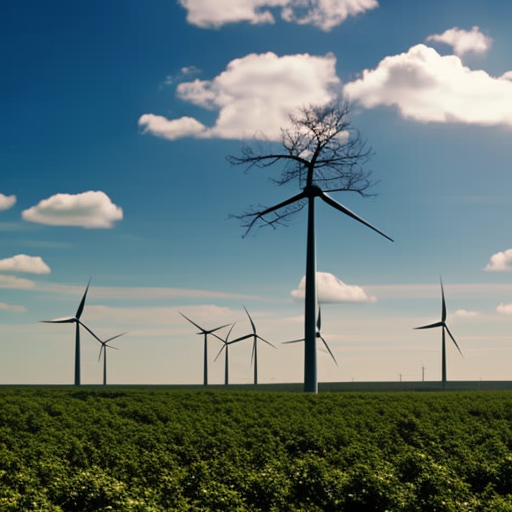Summary: Water conservation is the practice of using water efficiently and responsibly to ensure its availability for future generations. It involves reducing water wastage, implementing water-saving technologies, and promoting awareness about the importance of water conservation. By adopting water conservation measures, individuals, communities, and industries can contribute to sustainable water management and mitigate the effects of water scarcity.
Introduction
Water is a finite resource essential for all forms of life on Earth. However, increasing population, urbanization, and climate change have put a strain on water resources, leading to water scarcity in many regions. Water conservation aims to address this issue by promoting responsible water use and reducing wastage.
Methods of Water Conservation
There are several methods and strategies for water conservation:
1. Reducing Water Wastage: Fixing leaks, using water-efficient appliances, and practicing responsible water use habits can significantly reduce water wastage.
2. Collecting and Reusing Rainwater: Installing rainwater harvesting systems allows for the collection and storage of rainwater for later use in irrigation or non-potable purposes.
3. Implementing Water-Saving Technologies: Technologies such as low-flow toilets, water-efficient showerheads, and smart irrigation systems help minimize water consumption without compromising functionality.
4. Landscaping and Irrigation: Planting native, drought-resistant plants and using efficient irrigation methods like drip irrigation can reduce water usage in landscaping.
5. Industrial Water Conservation: Industries can implement water-saving technologies, recycle and reuse water in their processes, and adopt sustainable practices to minimize their water footprint.
Benefits of Water Conservation
Water conservation offers numerous benefits, including:
1. Sustainable Water Management: By conserving water, we ensure its availability for future generations and reduce the strain on water resources.
2. Energy Savings: Water treatment and distribution require a significant amount of energy. By conserving water, we indirectly save energy and reduce greenhouse gas emissions.
3. Cost Savings: Water conservation can lead to lower water bills for individuals and businesses. Additionally, implementing water-saving technologies may qualify for rebates or incentives.
4. Environmental Protection: Conserving water helps preserve aquatic ecosystems, maintain water quality, and protect biodiversity.
5. Climate Change Adaptation: Water conservation measures can help communities adapt to the impacts of climate change, such as droughts and water scarcity.
Challenges and Solutions
Despite the importance of water conservation, there are challenges to its widespread adoption. These include lack of awareness, outdated infrastructure, and inadequate policies. To overcome these challenges, several solutions can be implemented:
1. Education and Awareness: Promoting water conservation through educational campaigns and awareness programs can encourage individuals and communities to adopt water-saving practices.
2. Infrastructure Upgrades: Investing in modernizing water infrastructure can help reduce water losses due to leaks and improve overall efficiency.
3. Policy Support: Governments and regulatory bodies can implement water conservation policies, provide incentives for water-saving technologies, and enforce water-use restrictions during droughts.
4. Collaboration: Stakeholders, including governments, industries, and communities, need to work together to develop and implement water conservation strategies.
Conclusion
Water conservation is crucial for ensuring the sustainable management of water resources. By reducing water wastage, implementing water-saving technologies, and promoting awareness, we can contribute to a more water-secure future. It is essential for individuals, communities, and industries to take responsibility and adopt water conservation measures to mitigate the effects of water scarcity and ensure the availability of this precious resource for generations to come.












